
Kenscoff, the other side of Haïti that we refuse to see
Perched in the heights, above the commune of Pétion-ville, the commune of Kenscoff is a jewel lit up above the metropolitan area of Port-au-Prince.
The commune is located in the department of the West of Haiti, and is about 10 kilometers from the city center of Port-au-Prince, the capital of the country.
The city of Kenscoff was founded in 1930, and was elevated to the rank of commune in 1934. The commune has an area of 202.76 square kilometers and is made up of five communal sections: Belle-fontaine, Bongars, Grand-fonds, Sourcailles. And Nouvelle-Touraine. Kenscoff is one of the most mountainous communes in Haiti.
Read the article in :

The climatic exception.
See as well
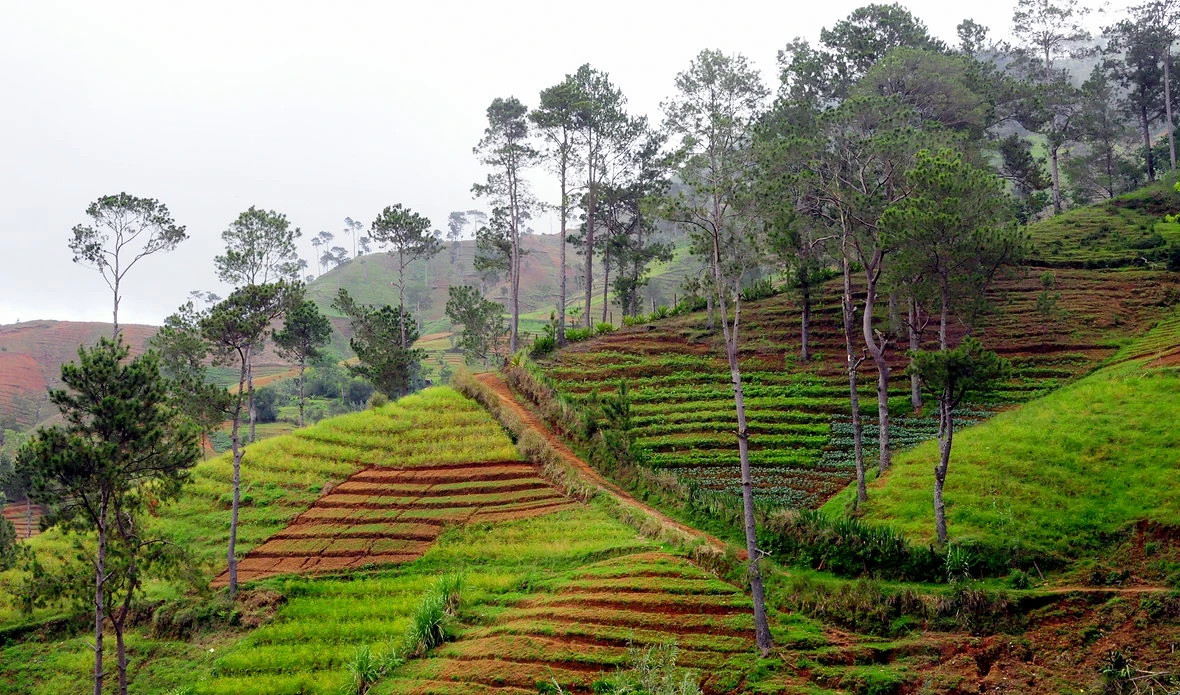
The ideal environment
Looking for a place to spend your vacation in peace, a place to escape into unspoiled nature, or a place where breathing is not a difficult exercise. Kenscoff is the ideal place to go without hesitation. Made up almost of wooded mountains, Kenscoff is the perfect place to go hiking. Its mild and cool climate facilitates the deployment of the efforts necessary to climb its high slopes.
Located at about 1450 meters, above the level of Port-au-Prince, the cool climate that Kenscoff enjoys also facilitates the production of market gardens in large quantities. The decor of its fruit and legume plantations contributes grandiosely to the beauty of the Kenscovite ecosystem.

Rich in tourist sites
The many luxury homes of the wealthy families of Pétion-Ville, and Port-au-Prince, Fort Jacques Alexandre, (historical symbol representing the union of blacks and mulattoes) Wynne Farm ecological reserve, the biosphere restaurant, the refuge inn, hotel and restaurant and many other magnificent places, constitute high places listed and to visit within this magnificent commune.
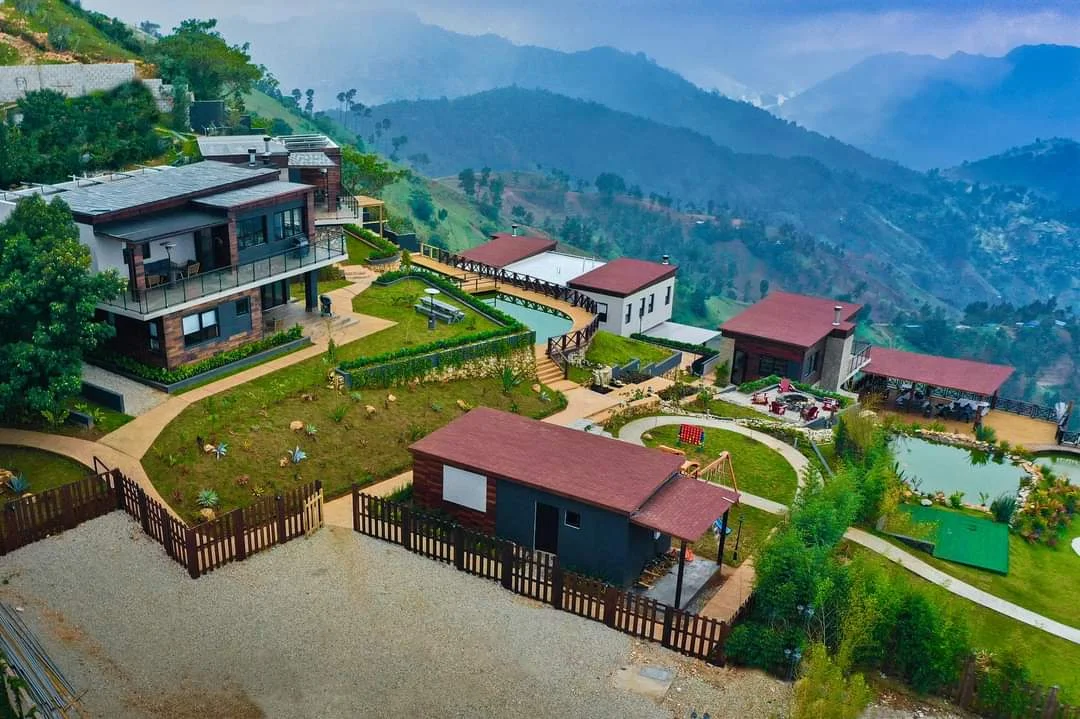
The other Haiti
Kenscoff is one of those places in Haïti that we will always refuse to show in its entirety to the general public, because the town symbolizes the Haïti that we would not want to sell to the rest of the world. The Haïti that eats and breathes well with dignity. And Kenscoff describes wonderfully well, the Haïti that does not seek donations, but customers, because it has them to spare, far from the degrading cliché of a country that vegetates in absolute evil. We refuse to see this version of Haïti too, for the simple reason that it confirms the continuation of the historical feat of Haitian ancestors, produced on January 1, 1804.
In short, Kenscoff is in the Haïti that awaits tourists, like any other part of the Caribbean region, which has exceptional experiences to offer them in return, alongside the unique story of the history of Haiti: the first black republic in the modern world, which knew how to trample on slavery, colonialism and the venom of racism, during its creation, at the very beginning of the 19th century.









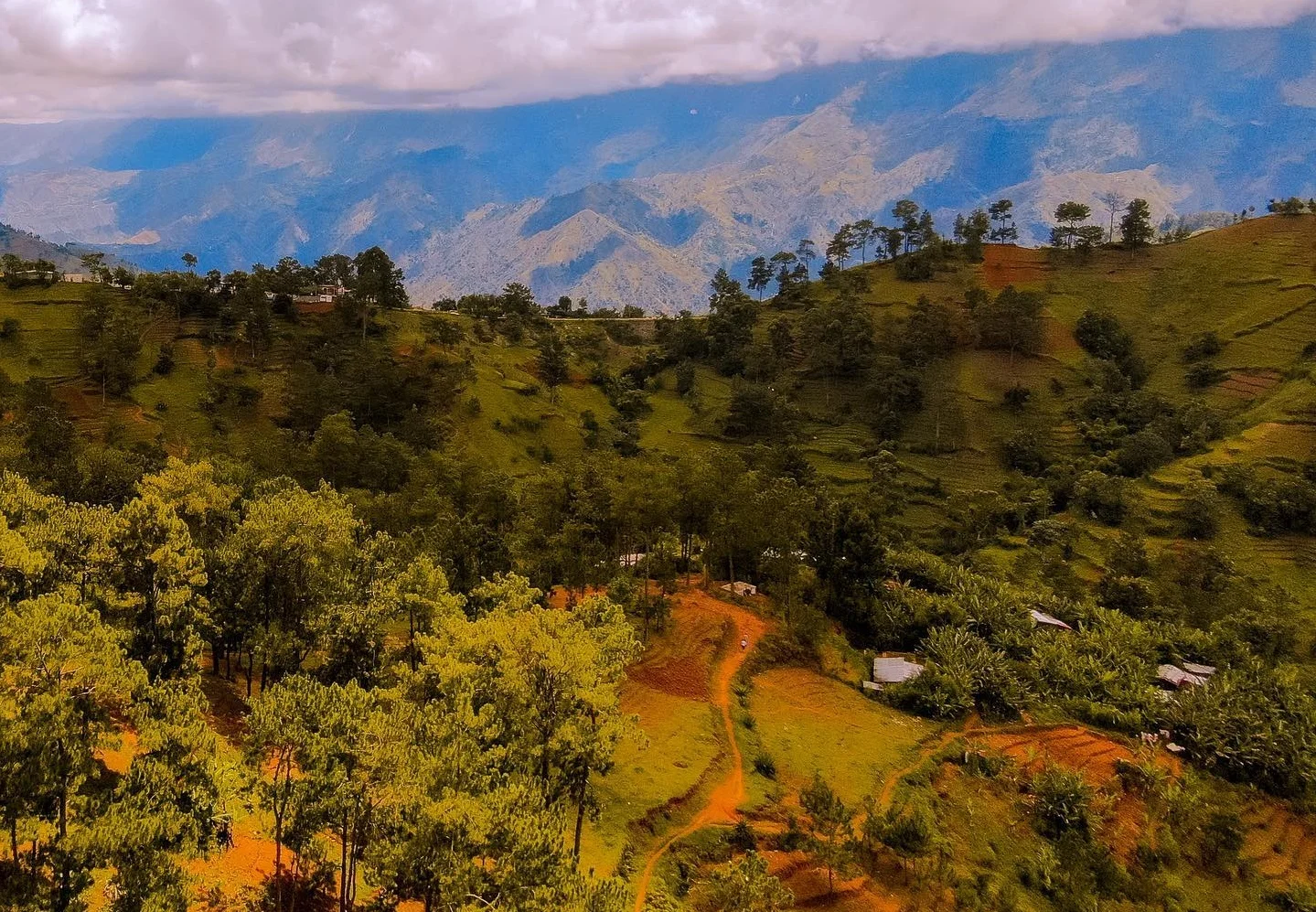
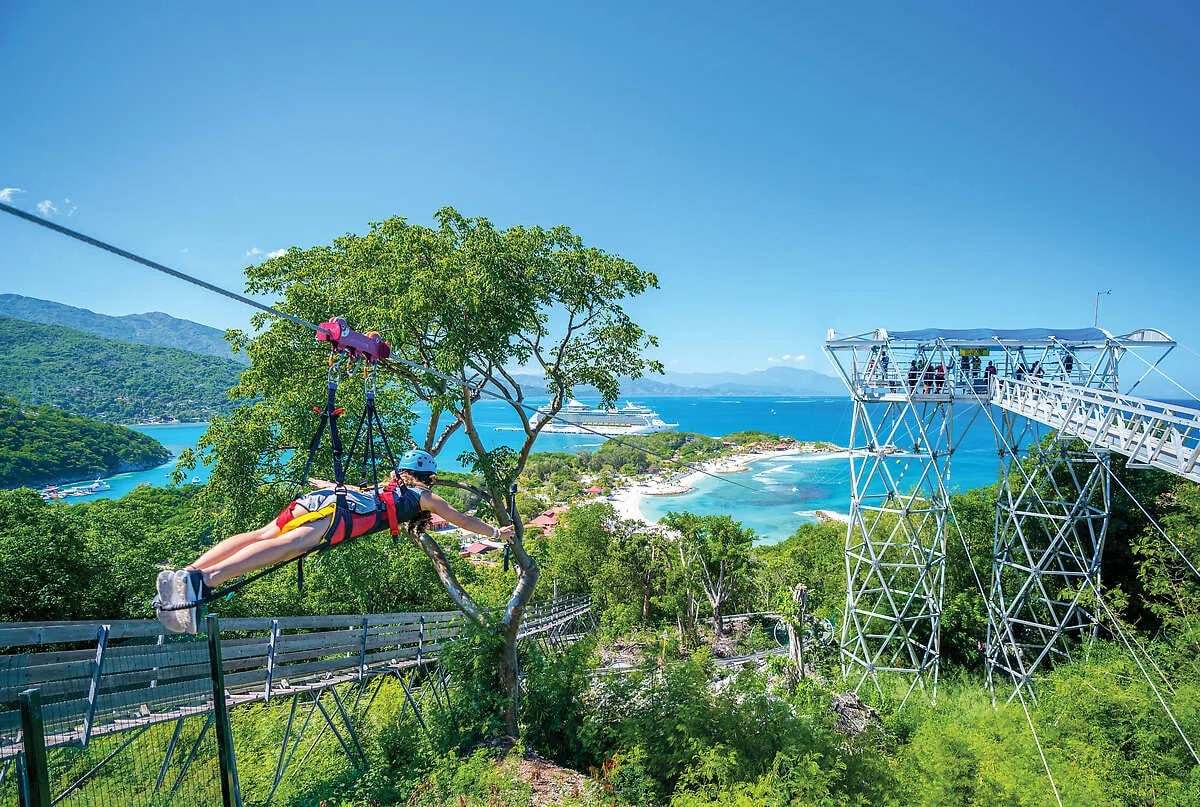
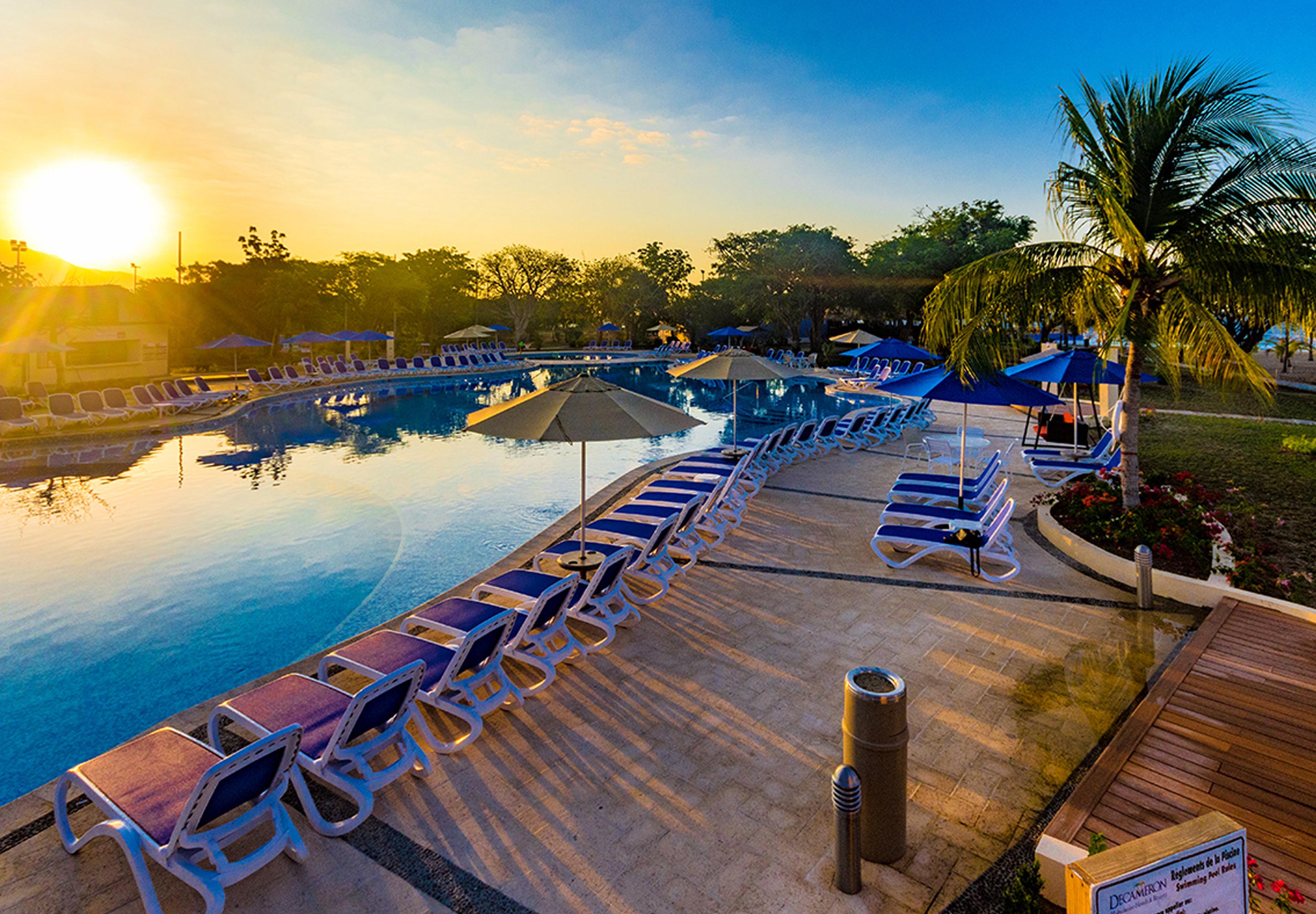
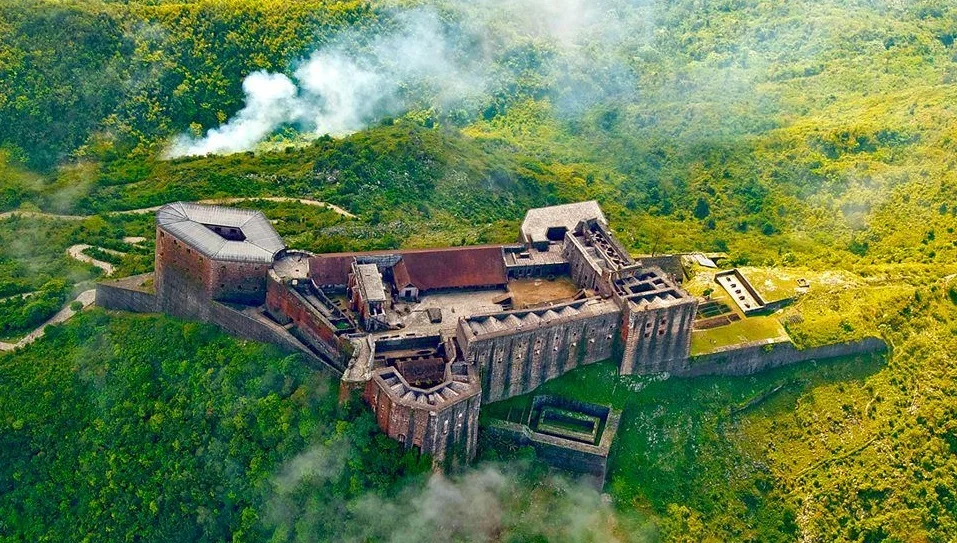
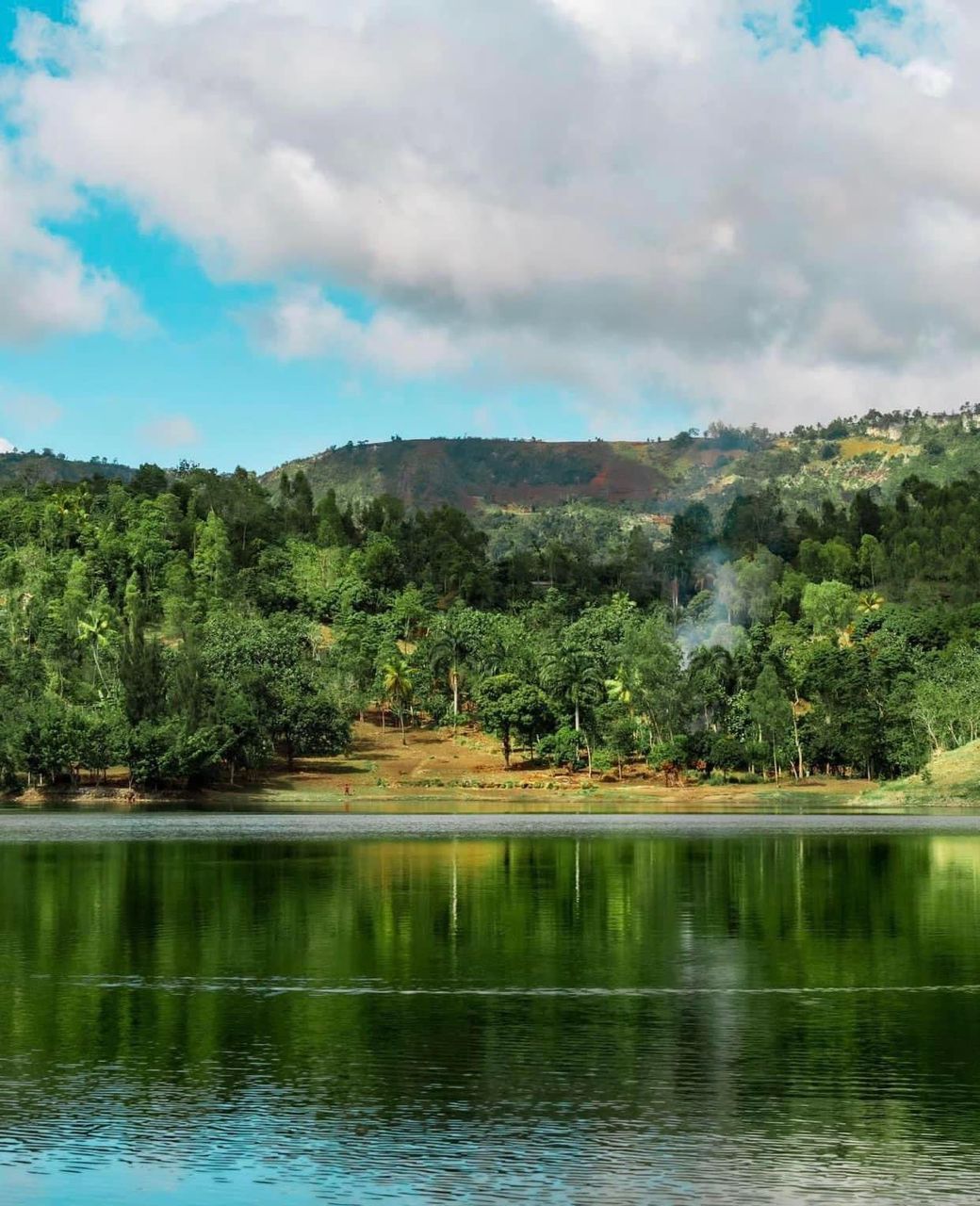

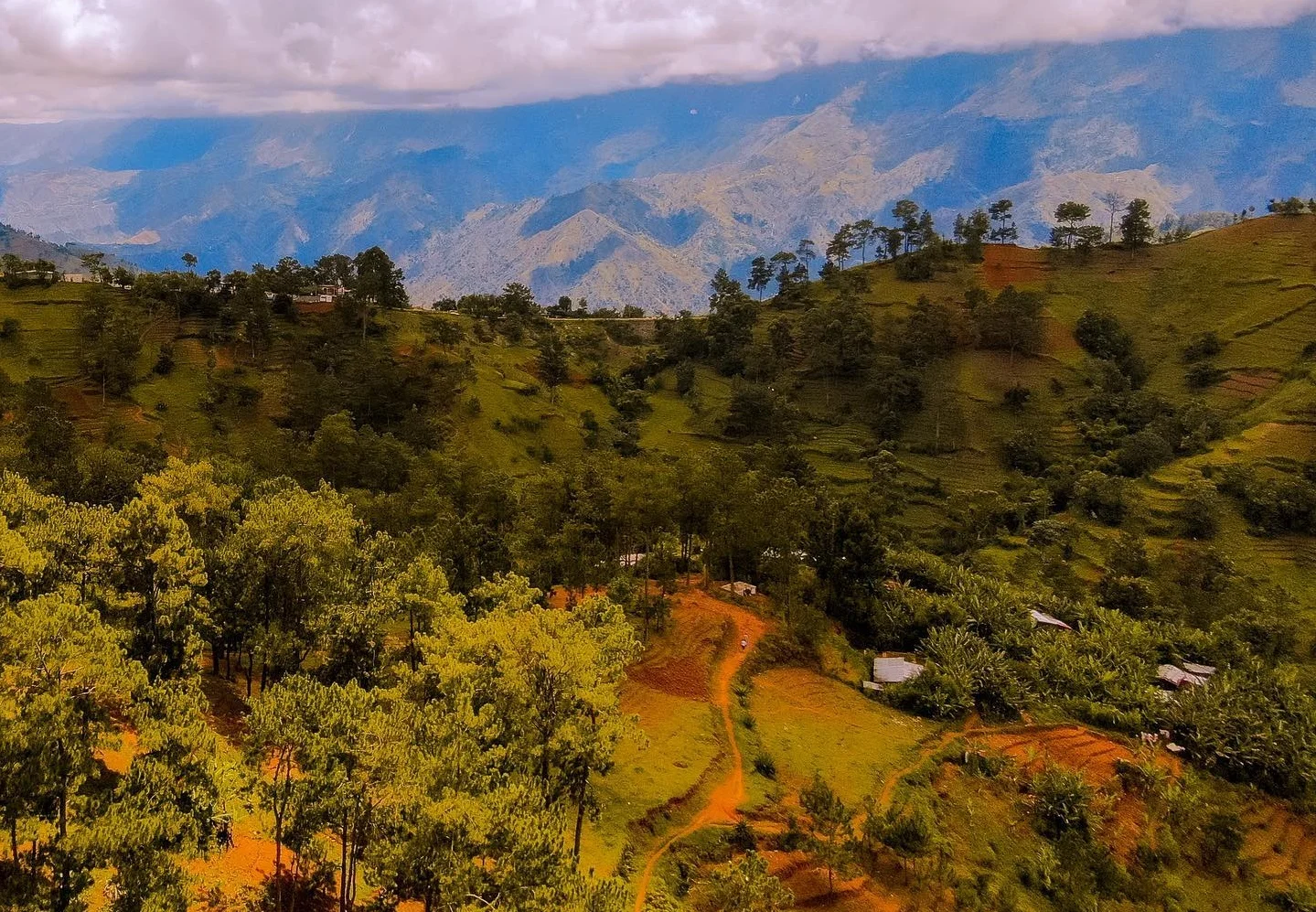
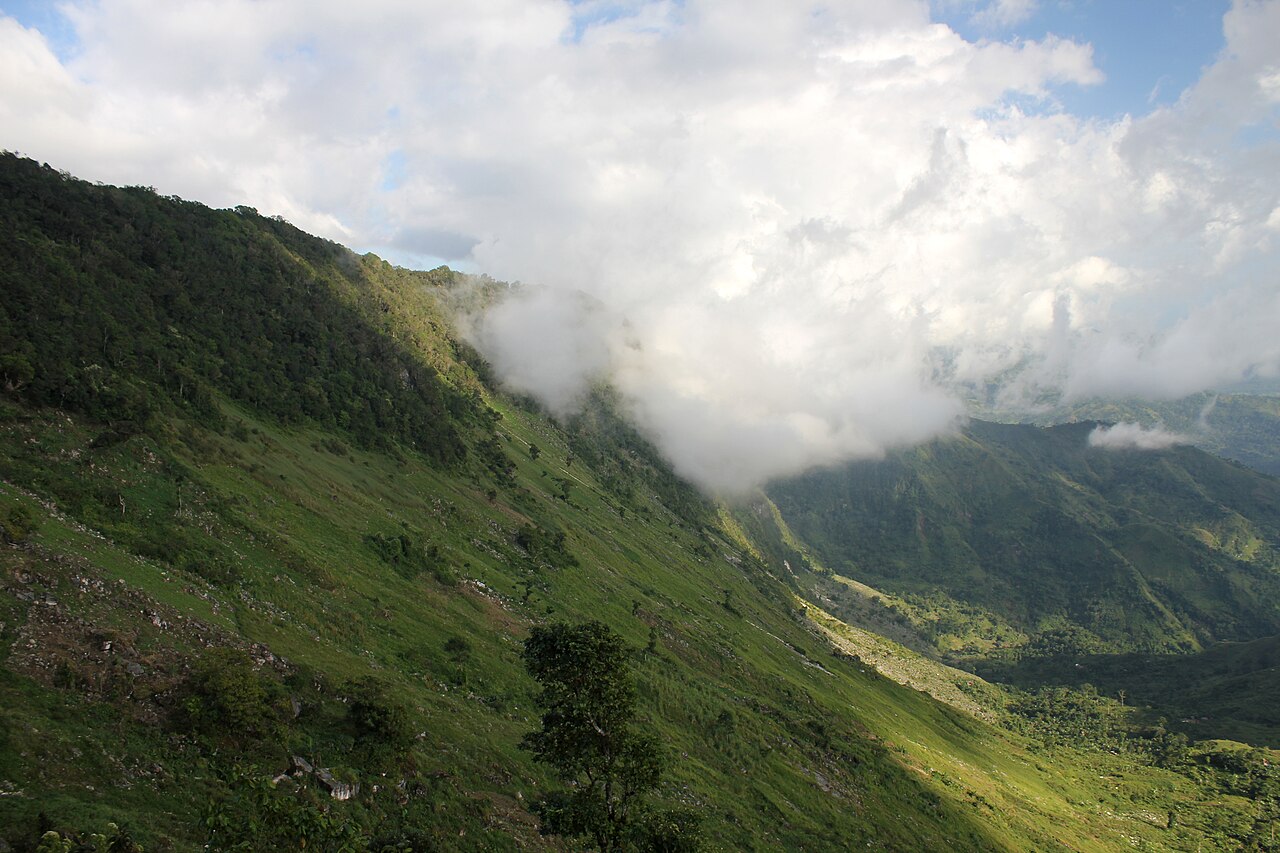

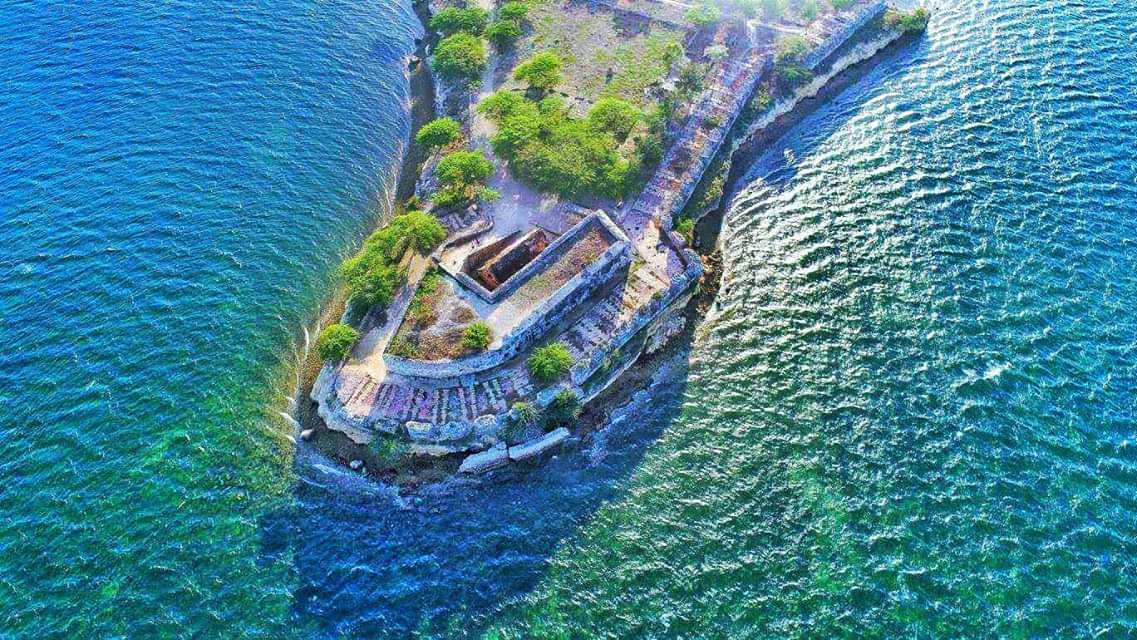




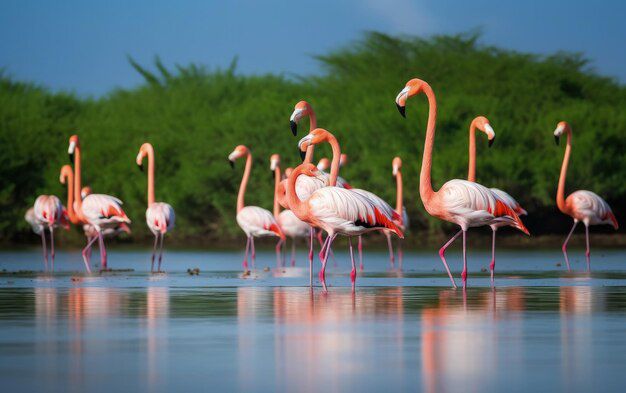
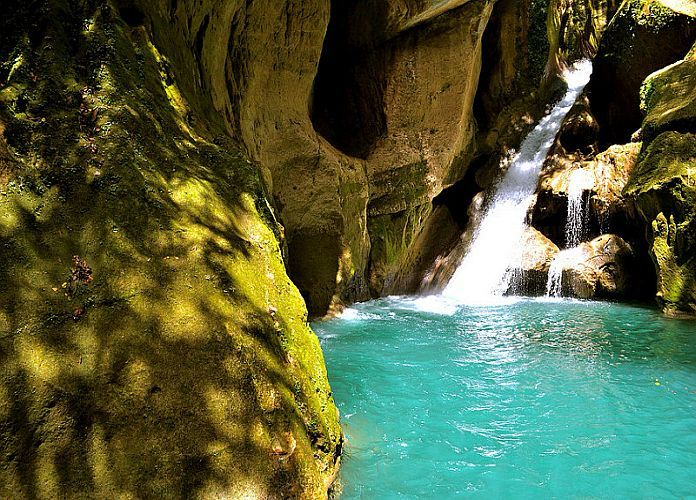

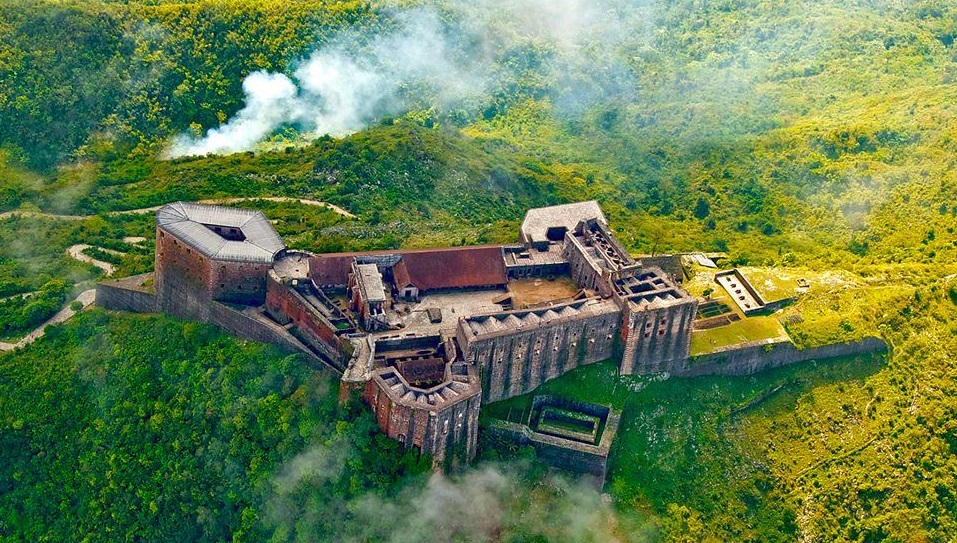



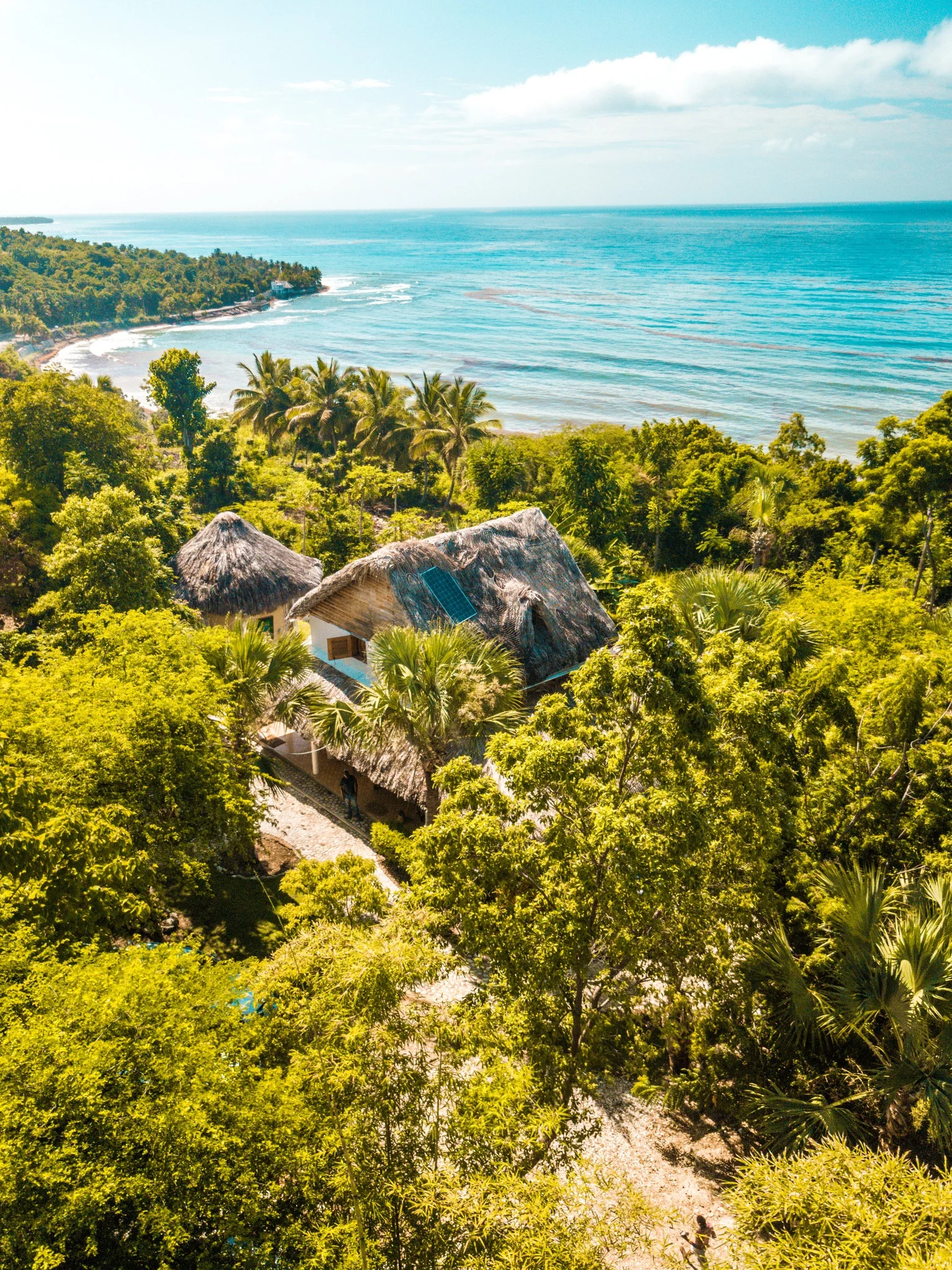

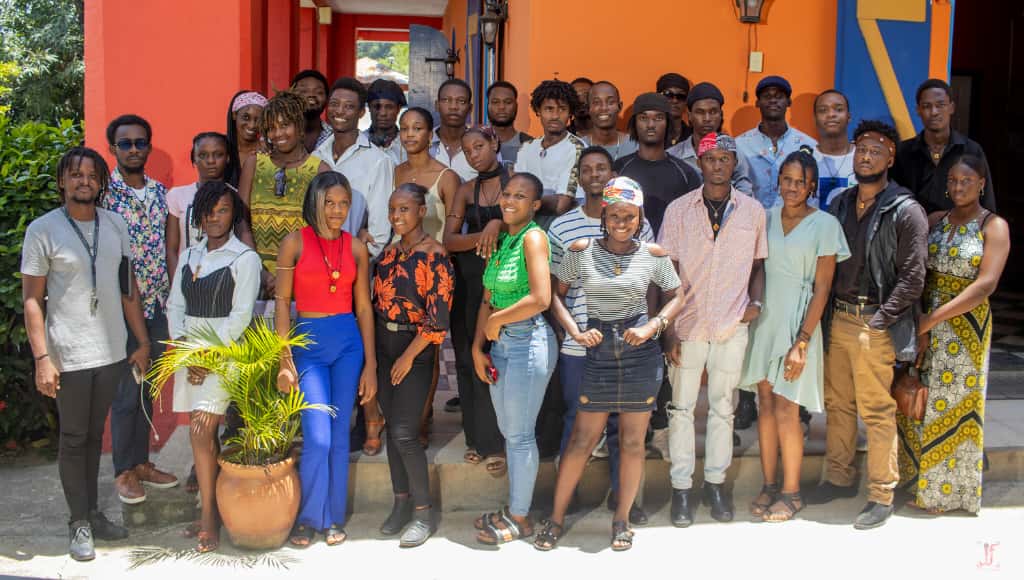
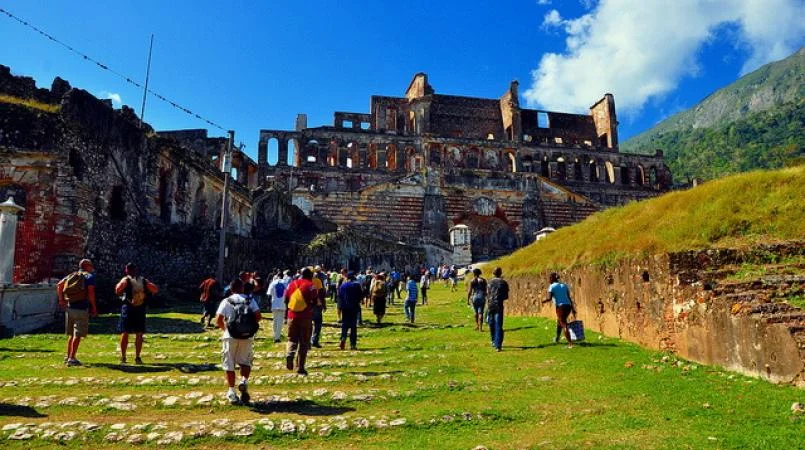





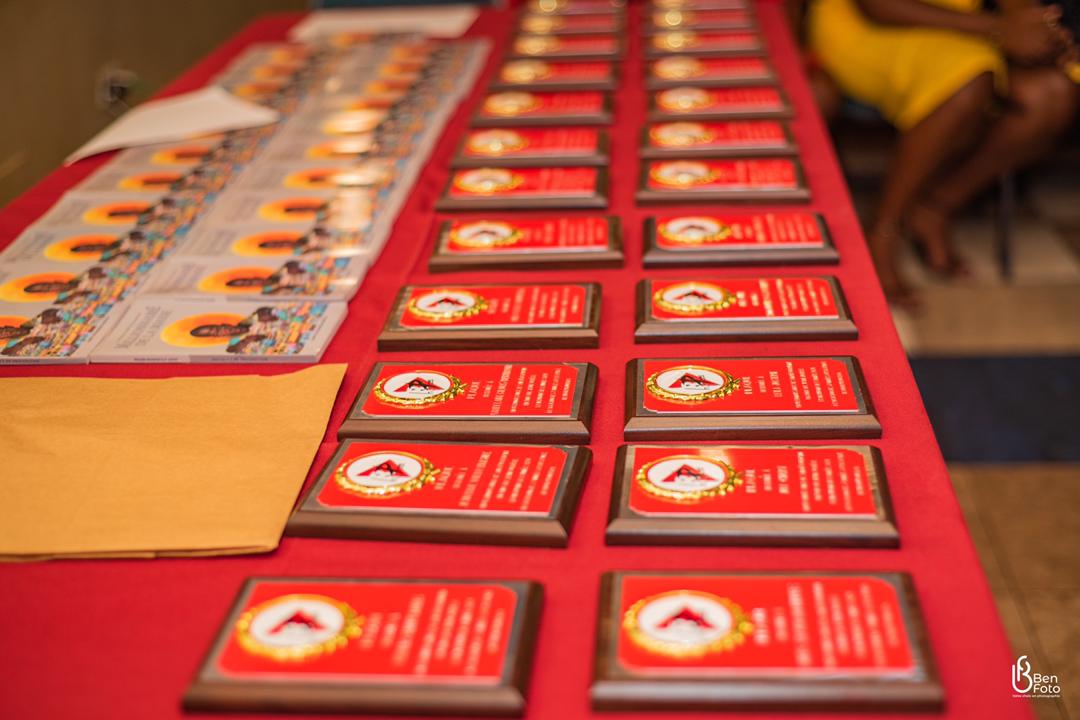



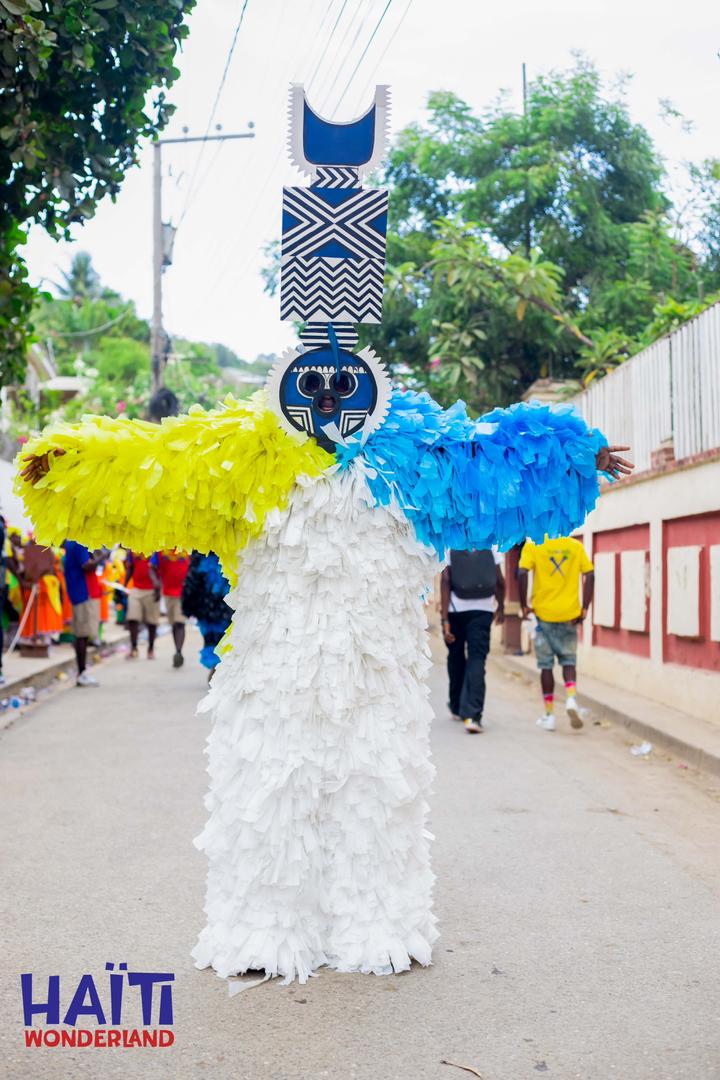


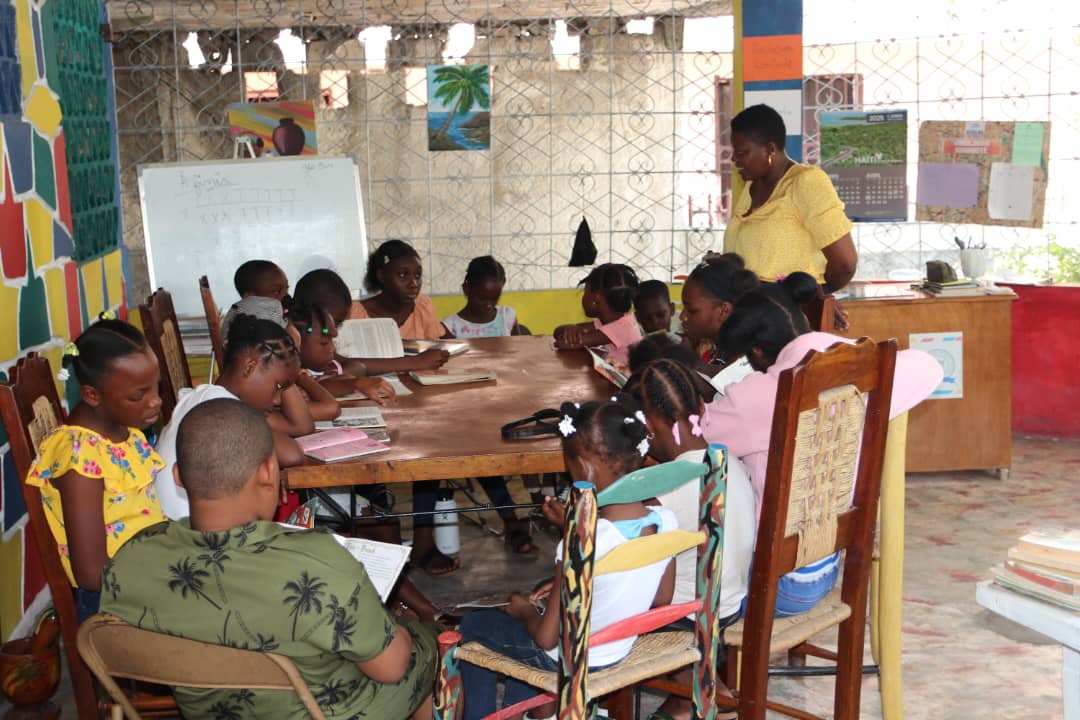



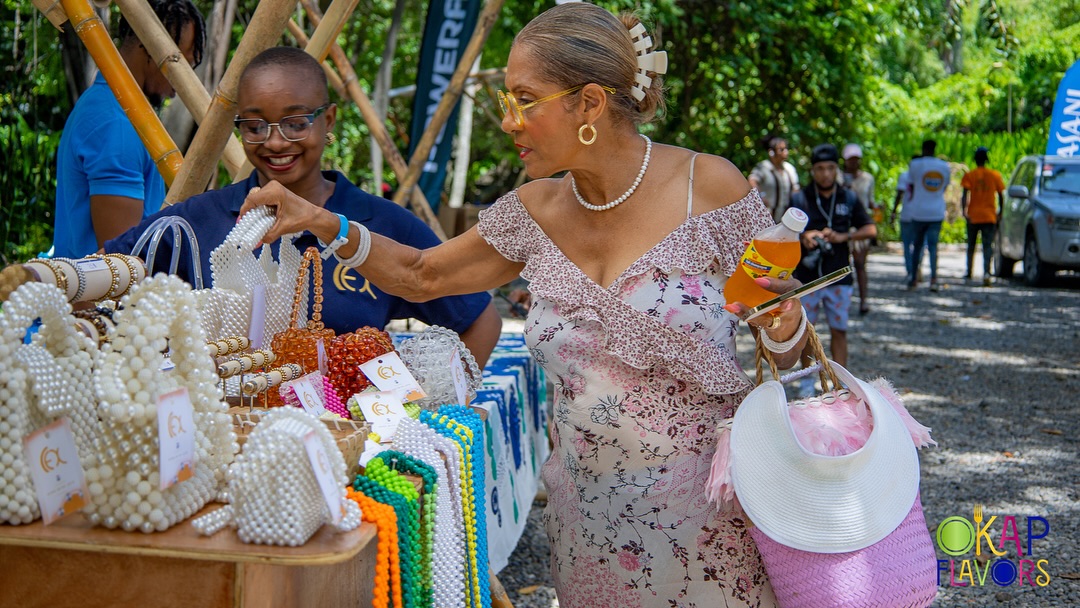

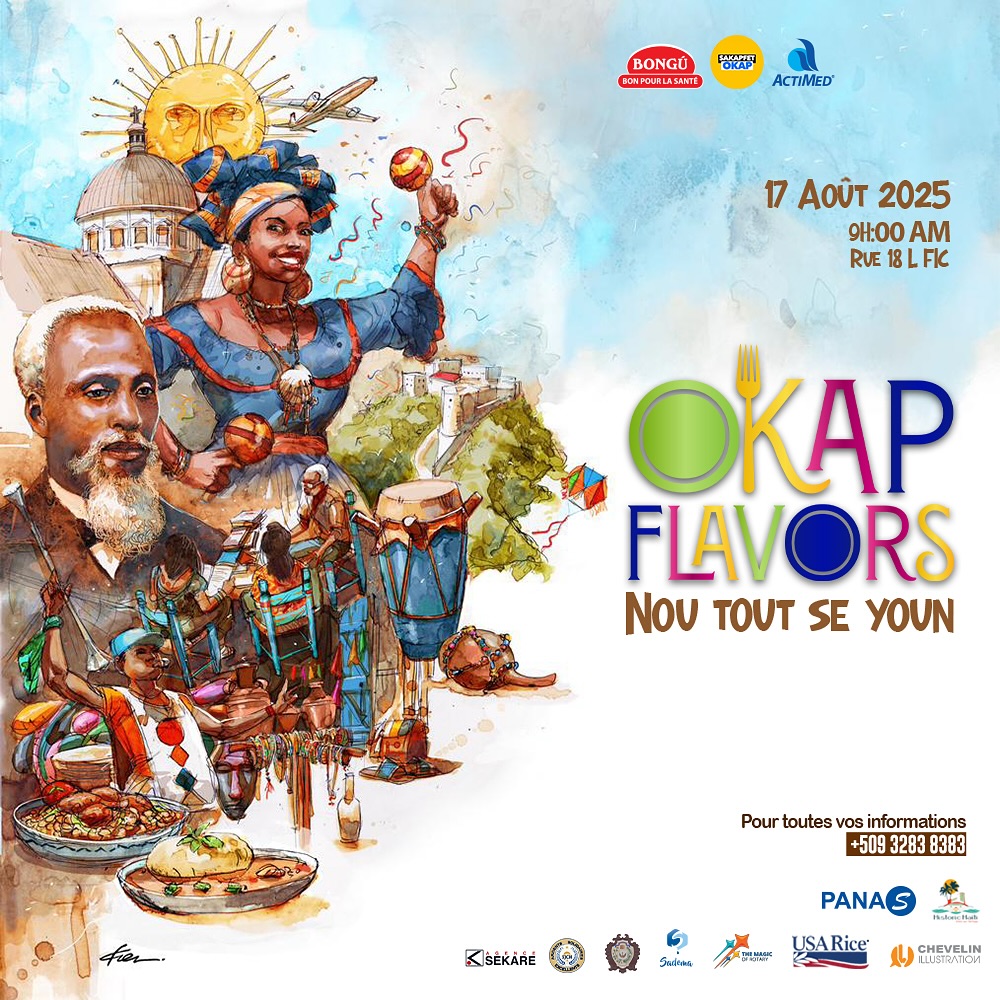

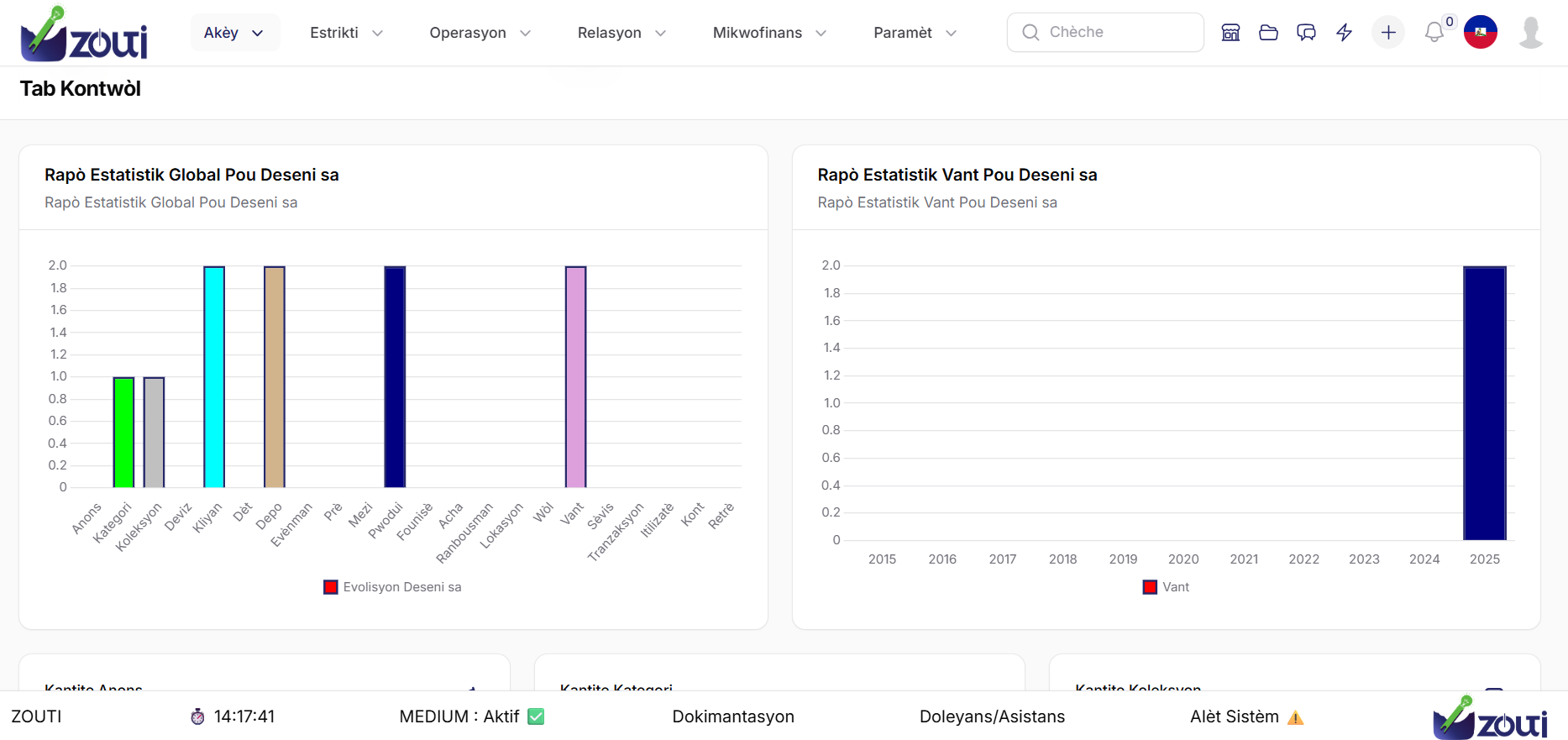









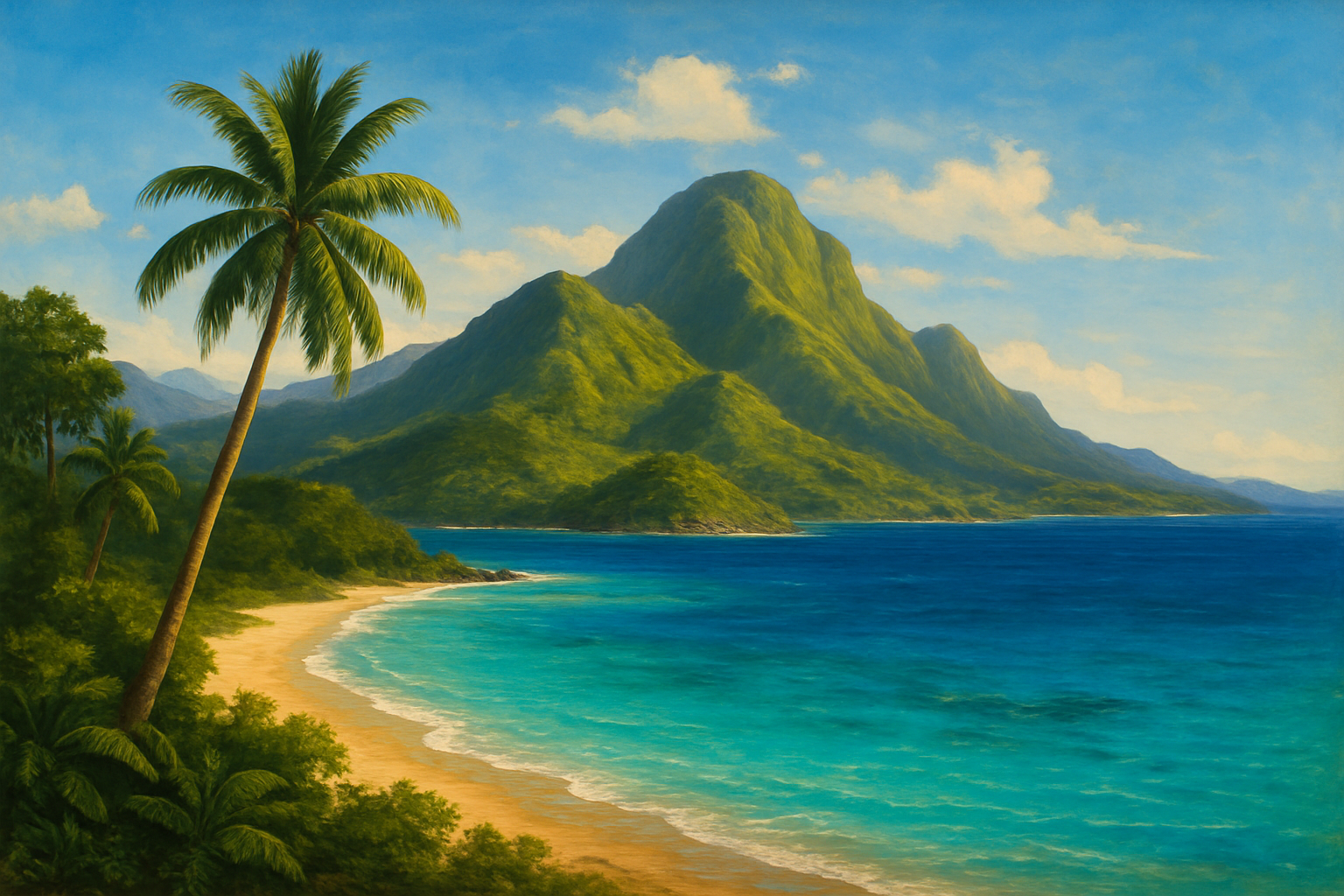
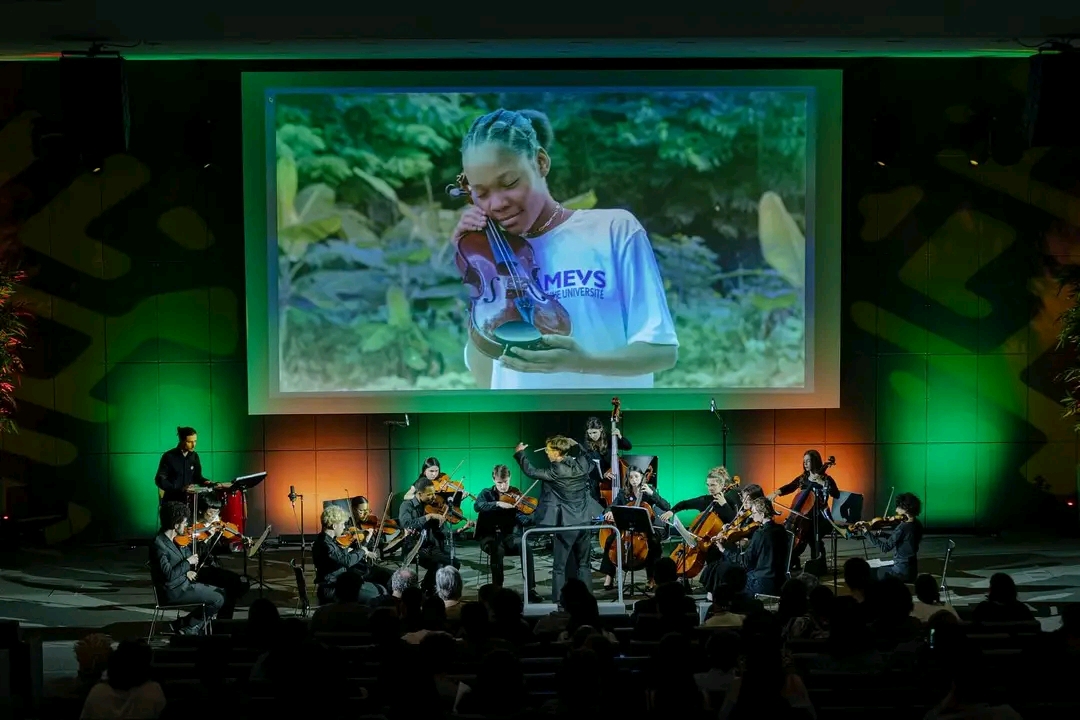
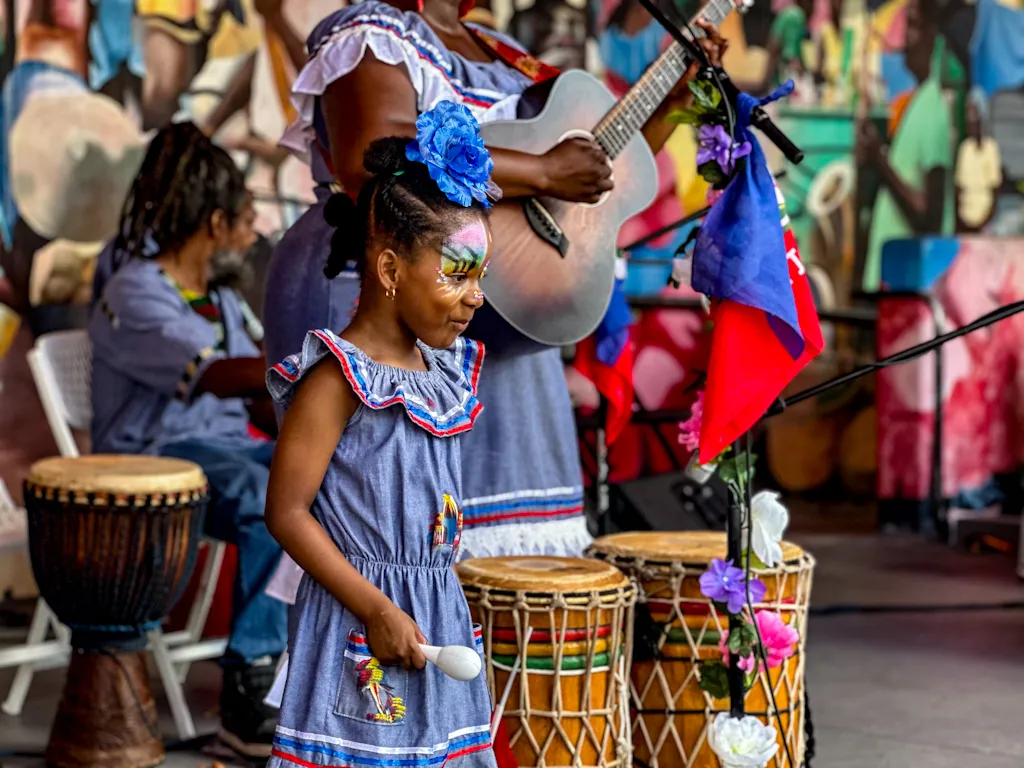
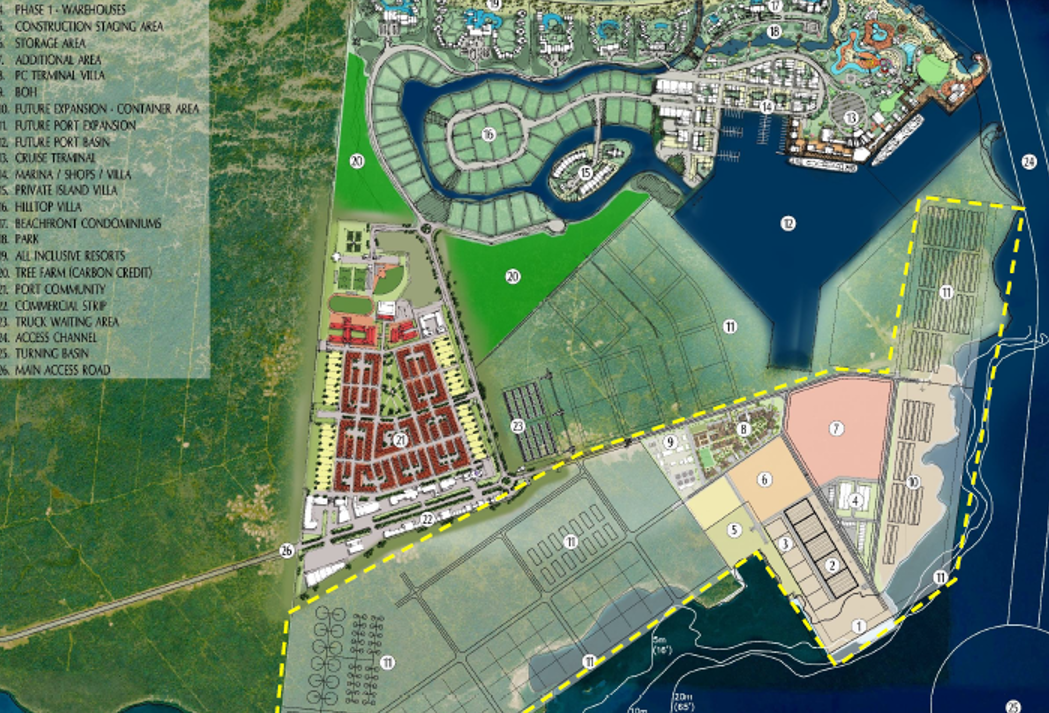



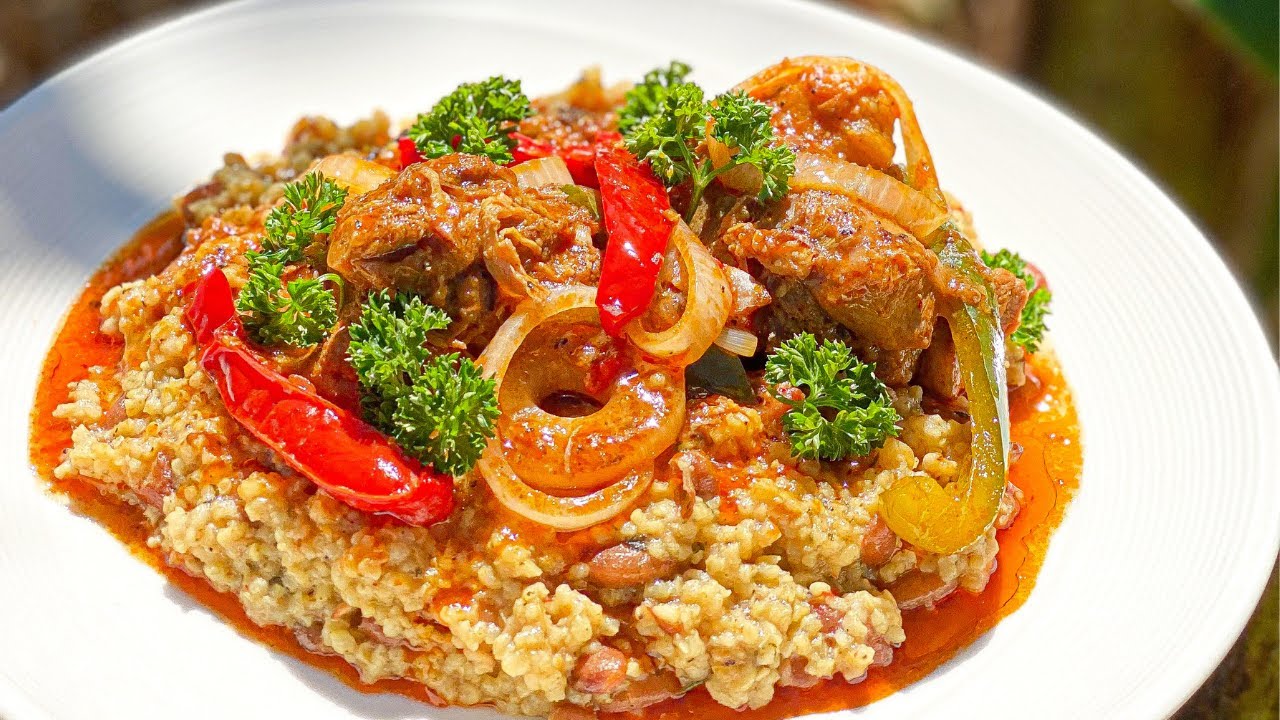
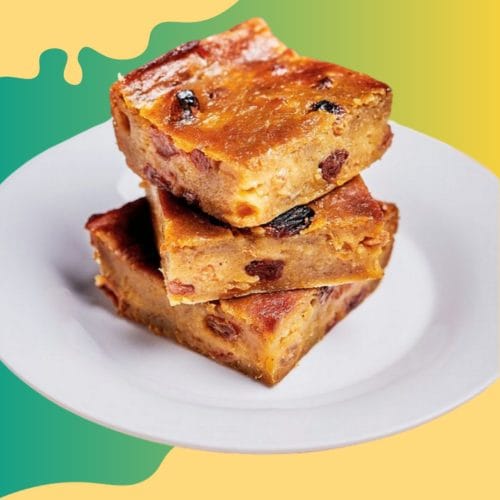
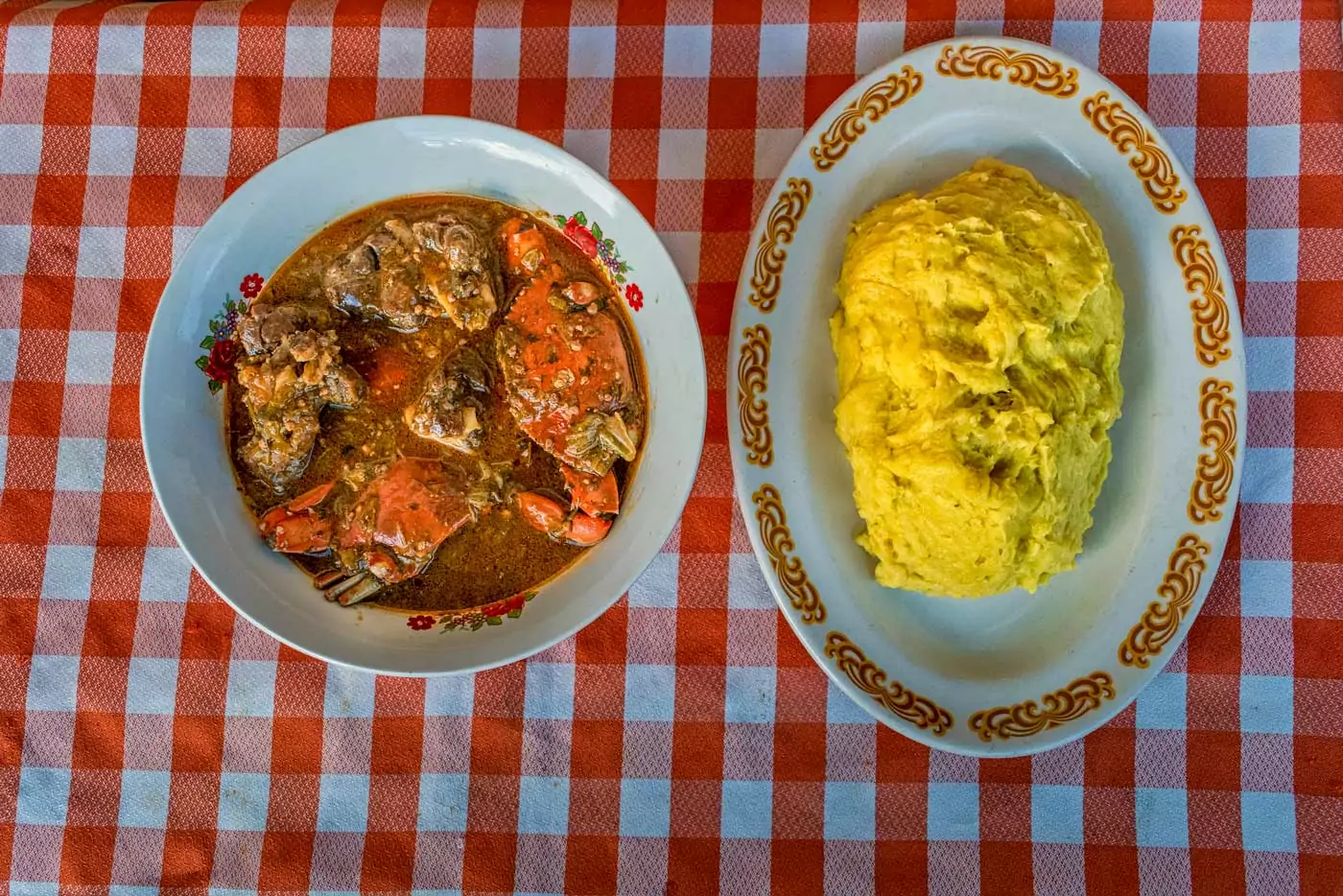


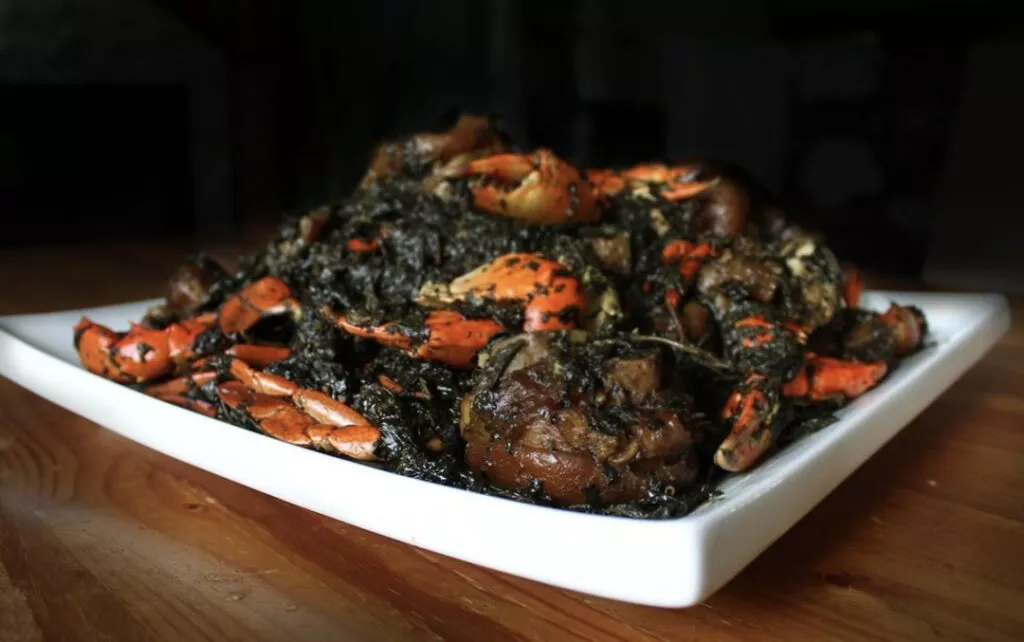









Mw renmen jan nou dekri kenscoff la men pa bliye pandan nap respecte kilti nou fok nou pa bliye kreyol la non , mw ta swete paj la ta dwe kreyol anglè mesi bon travay
29 Desanm 2024 | 08:00:27 AM